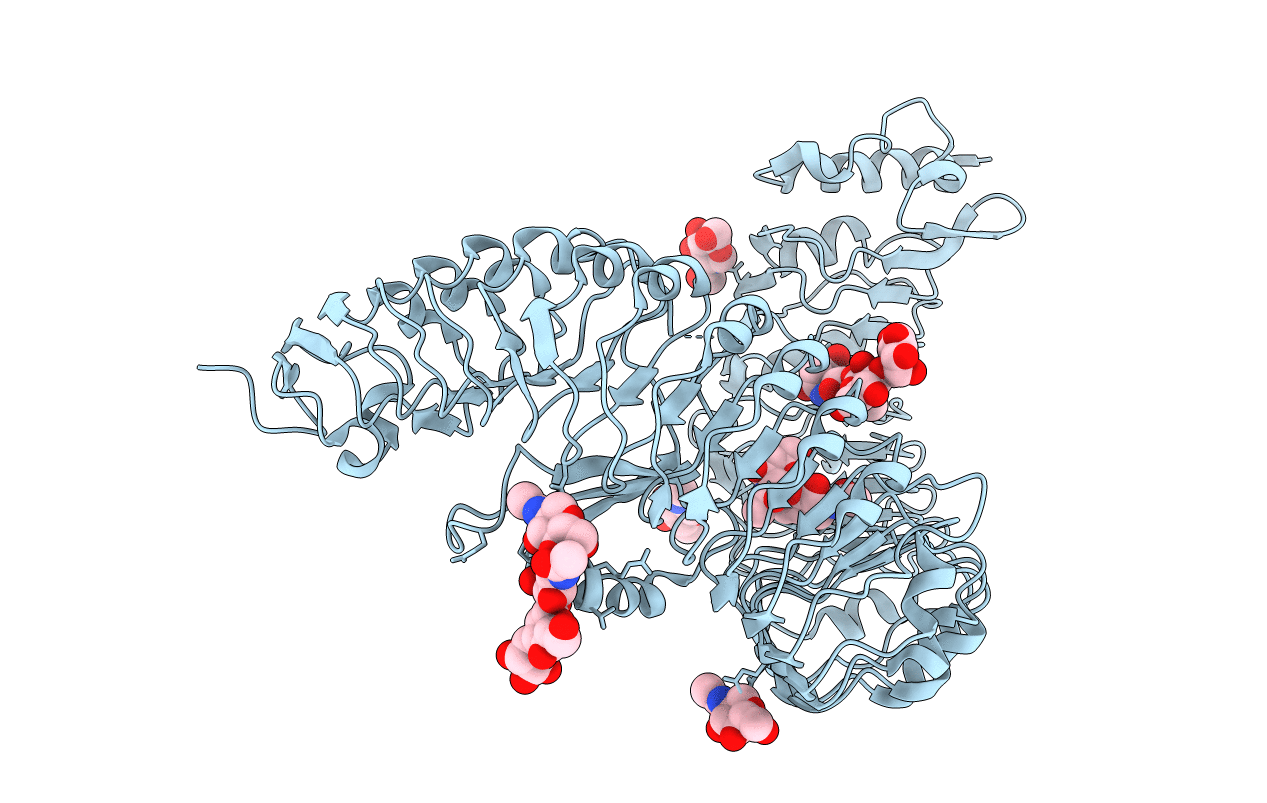
Deposition Date
2011-04-14
Release Date
2011-06-22
Last Version Date
2024-11-27
Entry Detail
PDB ID:
3RIZ
Keywords:
Title:
Crystal structure of the plant steroid receptor BRI1 ectodomain
Biological Source:
Source Organism:
Arabidopsis thaliana (Taxon ID: 3702)
Host Organism:
Method Details:
Experimental Method:
Resolution:
2.52 Å
R-Value Free:
0.23
R-Value Work:
0.18
R-Value Observed:
0.18
Space Group:
C 1 2 1


